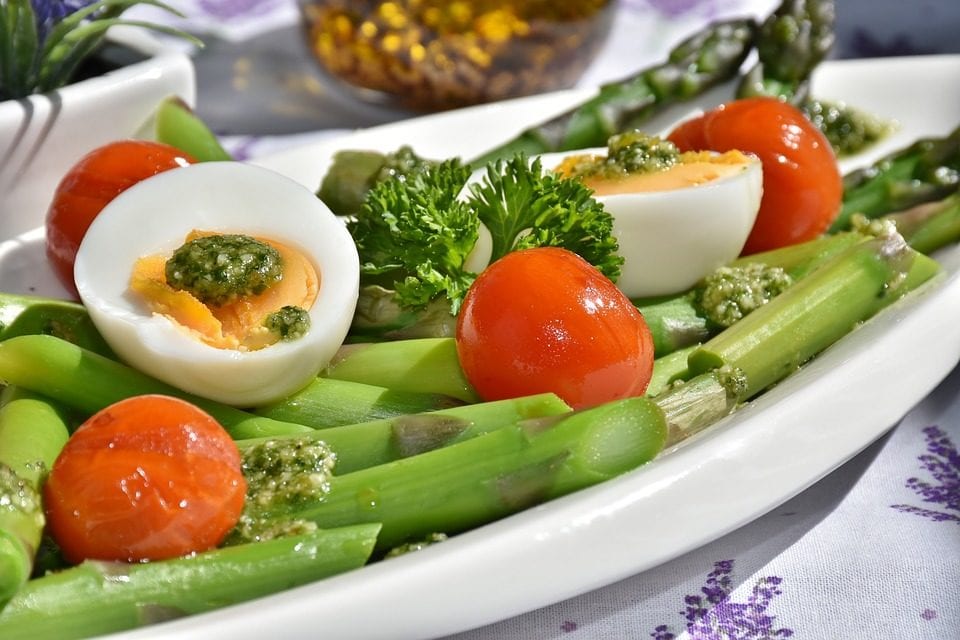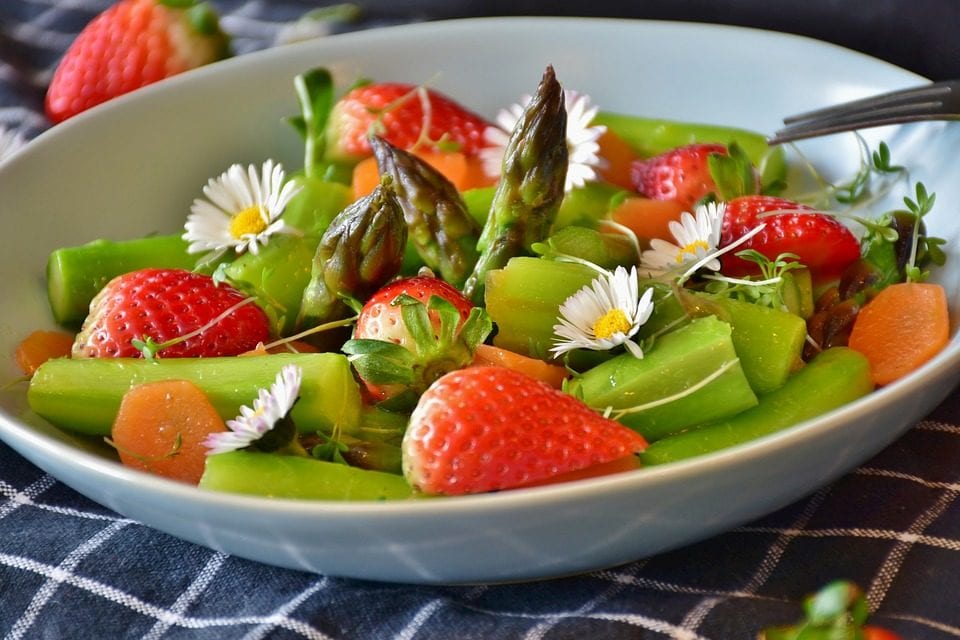 Proper nutrition in chronic cholecystitis – rules that can not be neglected
Proper nutrition in chronic cholecystitis – rules that can not be neglected
Cholecystitis may start suddenly and acutely. In this case urgent hospitalization and surgical intervention are required. But more often the disease develops gradually and requires long-term integrated treatment. An important role is played by proper nutrition in chronic cholecystitis.
Development of chronic cholecystitis
With age, the liver and the biliary system undergo significant changes, which in most cases lead to the development of gall bladder disease, most often in the elderly. As a rule, it is a chronic cholecystitis.
Chronic cholecystitis is a common form of liver disease. The main cause of the disease is the stagnation of bile in the bubble and its ducts. Often this happens during a stagnant infectious process in the organs of the urinary system.
According to experts, this pathology can be caused by various factors:
- Hereditary predisposition. If your parents are suffering from such pathologies, you should be careful about their own diet and lifestyle in general.
- Physical passivity. Lack of physical activity leads to excessive accumulation of cholesterol in the bile ducts and there is a constant stagnation of fluid in the organs.
- Disturbances of metabolism, which can lead to hormonal malfunction in the body.
- Wrong diet. These are foods containing fats and cholesterol of extremely high concentration.
- In some women, stomachs in the gall bladder may appear on the background of pregnancy. Due to hormonal changes in the body during this period, bile changes physical and biochemical properties. It becomes too concentrated, viscous and too thick. Given the new characteristics, bile can not circulate normally and begins to accumulate in organs.
Cholecystitis develops when stagnant bile in the gallbladder. This can occur if one of the stomachs of the gall bladder, a tumor, spasm of the sphincter blocks the output of bile from the bladder.
Symptoms
Cholecystitis is accompanied by the following symptoms:
- Bad breath after eating.
- Constant pain in the right upper quadrant.
- Yellowing of eyes and skin proteins.
- Nausea or vomiting without objective reasons.
- The bitterness in the mouth.
- Rotting odor from the mouth.
- Small increase in liver size.

The main rule for those suffering from chronic cholecystitis is to take food in small portions with an interval of at least 3-4 hours. A frequent food intake does not allow the bile to stagnate, since a simple circulation of products in this mode can be considered a choleretic agent.
When stagnant bile meals, it facilitates the gallbladder. The nature is arranged so that the gall bladder decreases under the influence of food intake, so the more food in the day will be taken, the less stagnation in the gallbladder. The food should be gentle for liver cells. Stagnation of bile in the gallbladder can cause a stomach in the bile ducts and affects the functioning of the liver cells. The bile is a viscous fluid, it reduces its ability to emulsify fats and activate digestive enzymes.
People with chronic cholecystitis are assigned bed rest and fasting in the first two days. It is recommended to use a sufficient amount of liquid in the form of light tea, diluted fruit juice, fruit drinks and compotes.
As soon as the condition stabilizes you can switch to a diet of liquid and semi-liquid food. Preference is given to easily easy to digest foods (vegetables and milk soups, meat sauce, cereals, dairy products, jelly).
Picture Credit: RitaE
